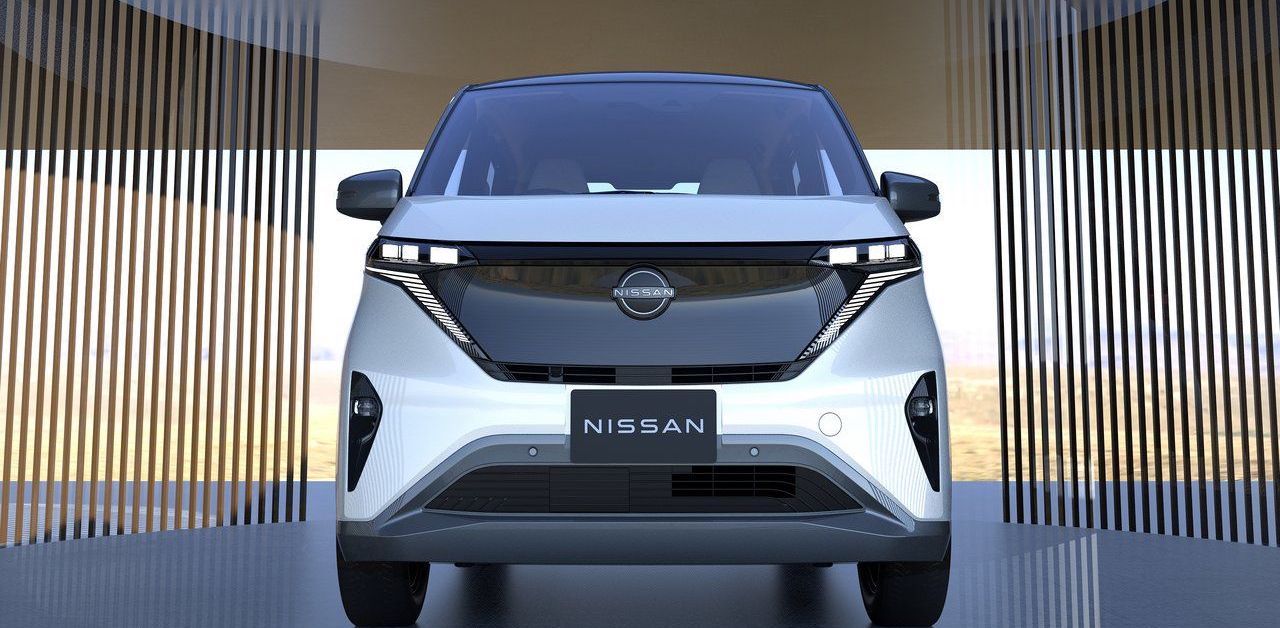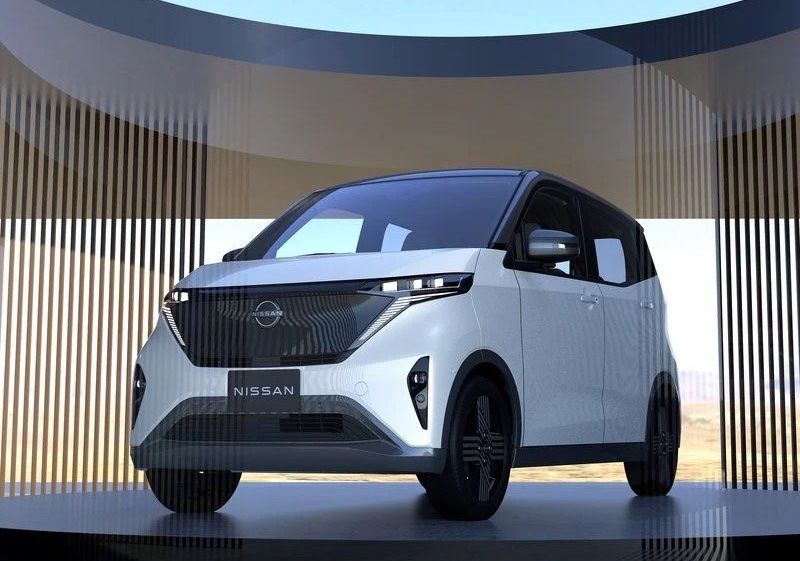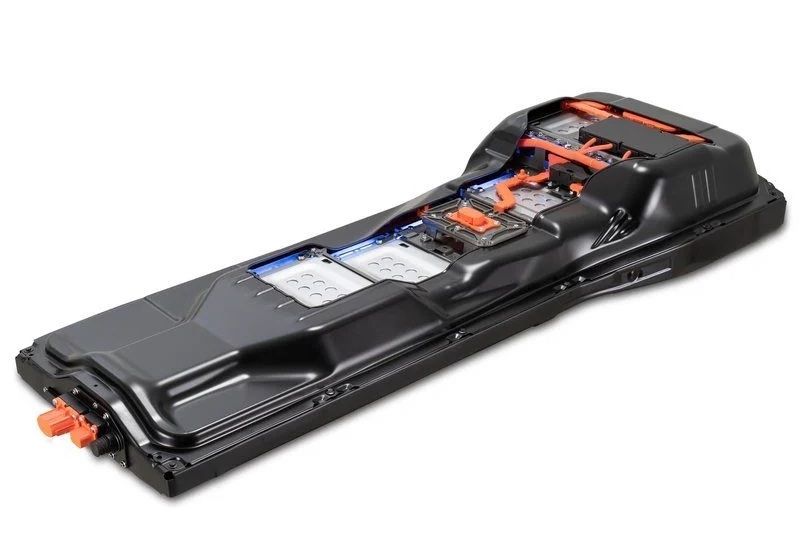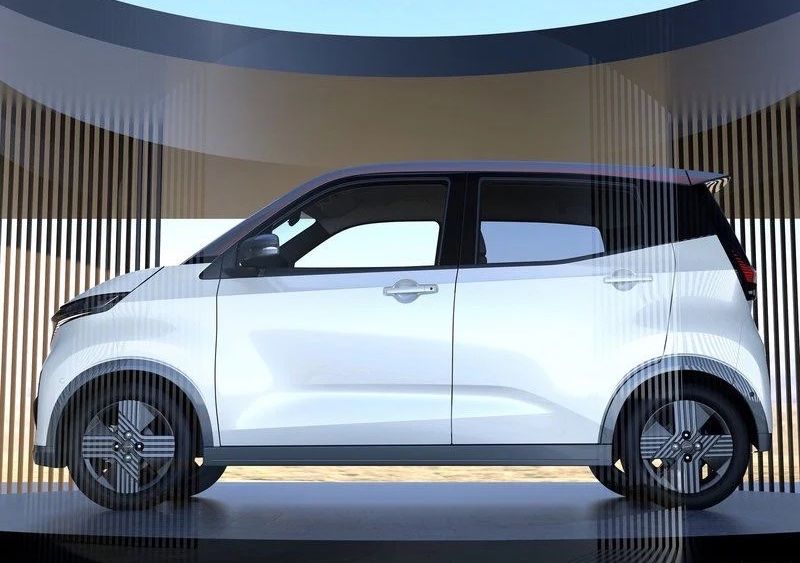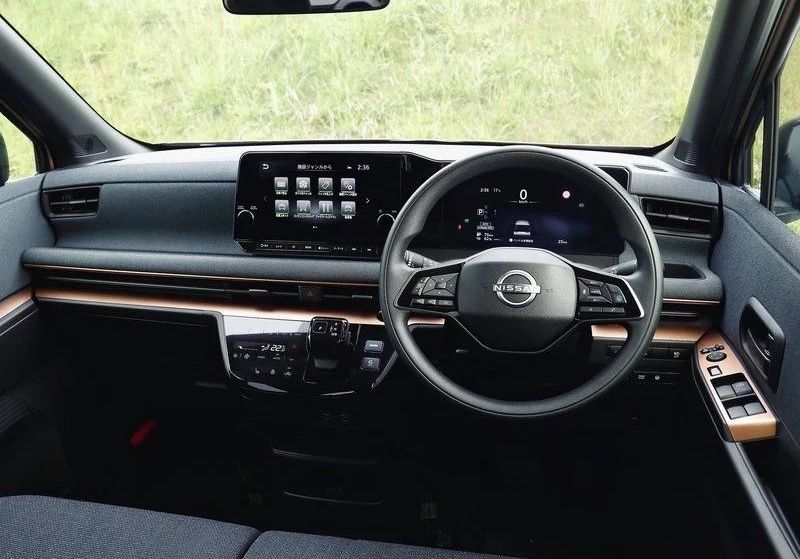Other than the national flower of Japan, what does the name Sakura remind you of? The late '70s and early '80s Nissan Gazelle introduced to the Mexican market as Datsun Sakura. Yes, that’s the one, but the Sakura we’re currently talking about is nothing like the 2-door hardtop coupe produced from 1979 to 1983.
Unveiled in May 2022, Nissan Sakura is an NMKV-developed battery-electric Kei car. NMKV is short for Nissan Mitsubishi Kei Vehicles, a partnership of the two Japanese automakers to build Kei cars under their brands.
As you know, Kei cars are small, lightweight high-way-legal passenger cars domiciled in Japan. They go by various names outside Japan such as ultra-mini, city car, and microcar. They typically have restricted dimensions to be certified Kei cars or Kei trucks or Kei vans. Since they are popular with the elderly and youth and companies that need to move goods and personnel around the city, Kei cars make a sizeable chunk of the Japanese automobile market.
The newly introduced Nissan Sakura is perhaps a more ideal Kei for the North American market. Developed alongside the Mitsubishi eK X EV based on the gas-powered eK X, Sakura is battery-powered, compact, affordable, cute, and smart. Let’s check it out.
Why We Need The Nissan Sakura Over Here
This might just be the perfect city car or second car as an increasing number of stateside humans care more about climate change.
According to a report by the Pew Research Center, “Public concern over climate change has been growing in recent years … and there are no signs that the COVID-19 pandemic has dampened concern levels.” A similar study also found that “60% of Americans view climate change as a major threat to the well-being of the United States,” a record-high for Americans with this view in any Pew Research Center survey going back to 2009.
This report is predictive of public acceptance of a compact EV they can buy without breaking the bank. How many Americans wouldn’t be elated by the prospect of a brand-new EV offering a hundred-mile range on a single charge at a price under $14,000? Does it not break your heart that the good people of Japan get to have this, and we don’t?
Its 20 kWh battery can provide 112 miles of range before you need to recharge. You'll have plenty left when you return home each day; plug in, and you're good to go the next day. No worrying about gas or charging station. The lithium-ion battery has been proven in the Nissan LEAF with a track record of reliability and great performance.
You know what else about the state-of-the-art battery? It can be used as an emergency mobile power source for your home all day. The Nissan Sakura is a 4-door body type, so it looks more mature than most others in its class. The battery is paired with a single electric motor that can make 63 horsepower and 144 lb-ft of torque. Its 2,359 lightweight allows it to achieve 80 mph. To be honest, we’re not so keen on going that fast on U.S. highways in such a small car.
However, Sakura is perfect for city commuting. What happens when you put away America's safety-fueled obsession with large and larger? Smart, economical small cars like the Nissan Sakura would make 110% sense to the average American. That’s a necessary step to take before the American public can embrace little cars with Kei dimensions.
Despite the diminutive profile consisting of 58.1" width, 133.7" length, and 65.2" height, Sakura's impressively smart features and state-of-the-art powertrain will compel stateside folks to give this car a bear hug (pun intended).
About those smart features we mentioned. It includes ProPILOT Park advanced parking assist technology and three drive modes– Eco, Standard, and Sport. The modes optimize the vehicle's performance in various driving conditions. The included ePedal Step allows smooth deceleration by gently easing off the accelerator, which also charges the battery via regenerative braking.
We dare say this is a made-for-city-driving drivetrain due to the frequent acceleration and deceleration involved, not just for city driving but also for tricky terrains like snow-covered roads requiring frequent braking and accelerating. The car also has a low center of gravity, improving its stability when cornering, or braving adverse driving conditions. It has a turning radius of 15.7 feet.
Sakura inspires the question, why can’t we have Kei cars here? We can't support the planet with $40,000 EVs; we need a Sakura we can afford. It’s good for our bank balance and the insurance rates, and it’s rewardingly fun.
How Much Is The Nissan Sakura?
Japanese shoppers will be paying just under $14,000 and go home with a brand new Nissan Sakura from September 2022. While Kei cars can't be imported to the US, it is legal to own and drive one as long as it is 25 years old and registered in the US. How does that help us with the Nissan Sakura? We can't think of any.
According to the Executive Vice President of Nissan, Asako Hoshino, "The all-new Sakura follows the LEAF and Ariya as a mass-market EV. We believe it will be a gamechanger for the Japanese market and will make EVs much more accessible to customers in Japan."
The compact battery improves the car's already comparatively spacious interior. Lest we forget, the interior is not tennis court-bare. It features a 9-inch infotainment display plus a 7-inch instrument cluster besides other gizmos.
If you're not yet convinced, consider that the Mini Cooper SE Electric is currently the only EV over here offering a similar range as the Sakura but costs more than double Sakura's price tag.
In fact, you can’t buy a new EV at all at Sakura’s price. Heck, you won’t even get one under $20,000. It’s almost like none of the brands selling in America cares about making a decent EV for the average driver, something that countries like China and Japan don’t take for granted. Why leave the masses with VW eGolf and the BMW i3 they can’t afford?

